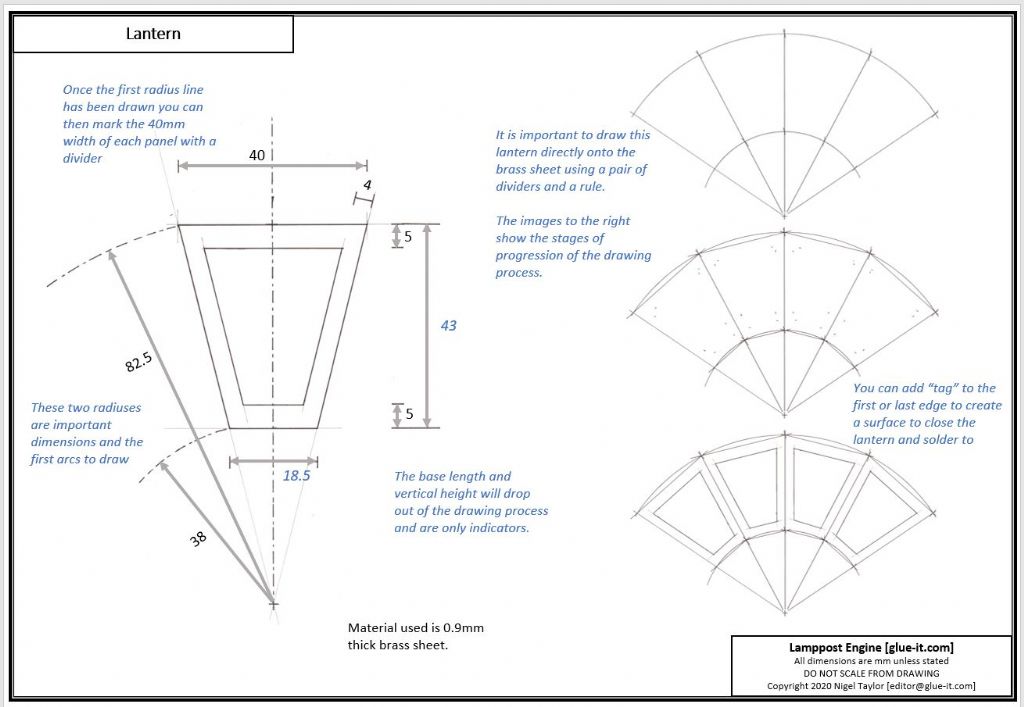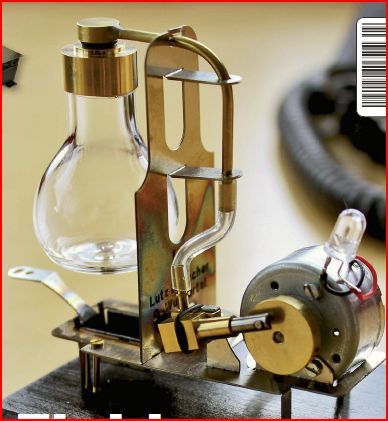Posted by John MC on 14/07/2020 08:01:31:
…
What I am going to try is using compressed air from a small pressure vessel, (~2" dia x 4" long) concealed in a base to drive the engine for short periods. My intention is to charge the vessel with a bicycle shock pump so could have up to 300psi available!
John.
It's easy to estimate from the piston stroke & cylinder size how much air the engine will eat. Never trust my maths, but I reckon a 2" dia x 4" pressure vessel holds about 25 cubic inches of air at normal pressure, or about 500 cubic inches compressed at 300psi (formula from Engineering Toolbox)
So an engine using 0.5 cubic inches of air per stroke would do about 1000 revolutions before running out of air – not long.
The other challenge is the need to reduce the pressure from 300psi to whatever the engine runs best at, probably in the range 3 to 15psi. The regulator on a commercial air compressor does this by bleeding air from the high pressure side through a valve worked by a diaphragm controlled by a spring, which the user can tighten or loosen to adjust the output pressure. I don't recall seeing a home-made design, or a commercial unit that could be hidden in the base of a model engine. I've not looked hard.
I wonder if paint ball accessories might help? Disposable liquid Carbon Dioxide (about 900psi) in 12g, 88g, 12oz and 20oz cylinders. Also, air cylinders in various sizes and pressures up to 4500psi. But I think they have to be filled professionally, and it all looks a bit pricey.
Fair bit of fuss using compressed air to show off engines in the home, a secret electric motor quietly turning the engine is much easier to arrange. (I test my engines with a small Stanley compressor, it has a 1.1kW motor and a 6 litre reservoir. Far too big and noisy, it dominates the scene.)
What's needed for showing off engines is a small quiet compressor producing a lot of air at moderate pressures. Easy to get high-pressure low volume and low pressure high volume compressors, but not quiet mid-pressure, mid volume pumps. Airbrush compressors are often recommended.
Dave
Nigel (egi).








